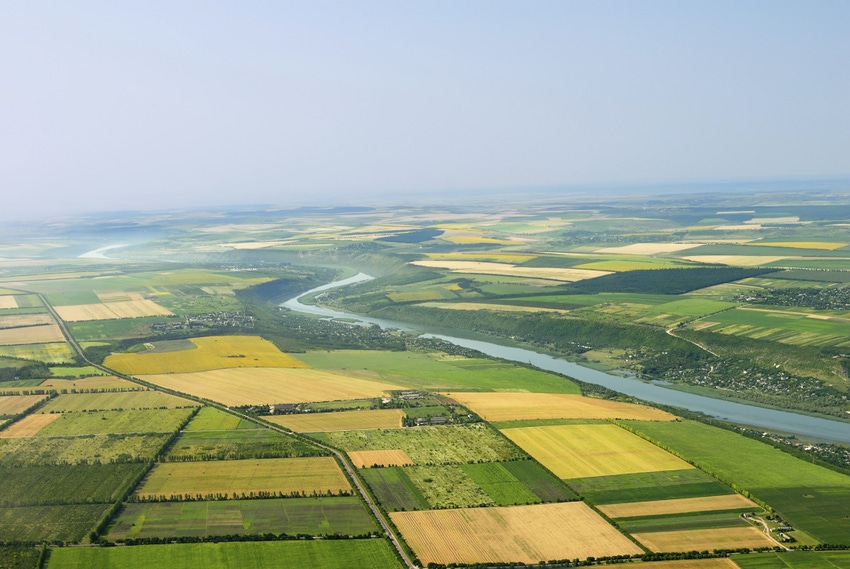Lower net farm income in 2021 would still be much higher than it was from 2015-2019.
March 15, 2021

Farm income could decline in 2021, despite large increases in the value of crop and livestock sales, according to the latest analysis of national and global agricultural trends from the University of Missouri. Lower government payments and higher farm production costs could outweigh the increase in sales.
Even with the decline projected by analysts at the Food and Agricultural Policy Research Institute (FAPRI), net farm income of $112 billion in 2021 would still be much higher than it was from 2015-2019. Net farm income increased to $121 billion in 2020, the highest level since 2013, primarily because of $46 billion in government payments.
“The COVID-19 pandemic upended agricultural markets, contributing to a dismal outlook for the farm economy in the spring and summer of 2020,” said Patrick Westhoff, FAPRI director and Howard Cowden Professor of Agricultural and Applied Economics in the MU College of Agriculture, Food and Natural Resources (CAFNR). “A series of emergency support programs provided record government payments to farmers, and prices for many commodities rebounded in the final months of the year, resulting in a large increase in 2020 net farm income. Looking ahead, the outlook is uncertain, but certainly more optimistic than it was a few months ago.”
Economists with FAPRI and the MU Agricultural Markets and Policy (AMAP) team release the annual U.S. Agricultural Market Outlook report each spring. The baseline projections for agricultural and biofuel markets were prepared using market information available in January but do not reflect any subsequent policy changes. The full U.S. Agricultural Market Outlook is available here.
Increasing imports by China explain much of the recent strength in grain and oilseed markets. If China’s purchases continue at the recent pace, U.S. exports and market prices could be higher than projected.
“Higher prices and assumed normal spring planting conditions allow 2021 total area planted to major crops to rebound to 2018 levels,” Westhoff said. “That could allow planted acreage for corn, soybeans and wheat to all expand in the same year. Projected soybean acreage exceeds 90 million acres.”
Projections show average prices for livestock and poultry increase in 2021, as the sector returns to more normal operating conditions. After the pandemic reduced driving and fuel use in 2020, projected ethanol production and use increase in 2021, but do not immediately rebound to pre-COVID levels. Projections show major crop prices retreat from recent peaks, but remain above the prices of 2015-2019.
The U.S. Agricultural Market Outlook is prepared annually by economists with FAPRI and AMAP and is updated each August. Westhoff said the report gives policymakers, farmers, agribusinesses and the public an overview of the state of the U.S. farm economy. The market projections it contains can be useful to farmers making production choices, to policymakers trying to decide how to respond to agricultural issues, to lenders who must decide whether to make loans and to agribusinesses making investment decisions.
“The information is meant to serve a variety of purposes,” Westhoff said. “It’s a broad-brush, big-picture look at agriculture. Our goal is to give a general view of what the next 10 years might look like if we stay on the current path. The baseline outlook can then serve as a point of comparison for evaluating the impacts of possible policy changes.”
You May Also Like


.png?width=300&auto=webp&quality=80&disable=upscale)
